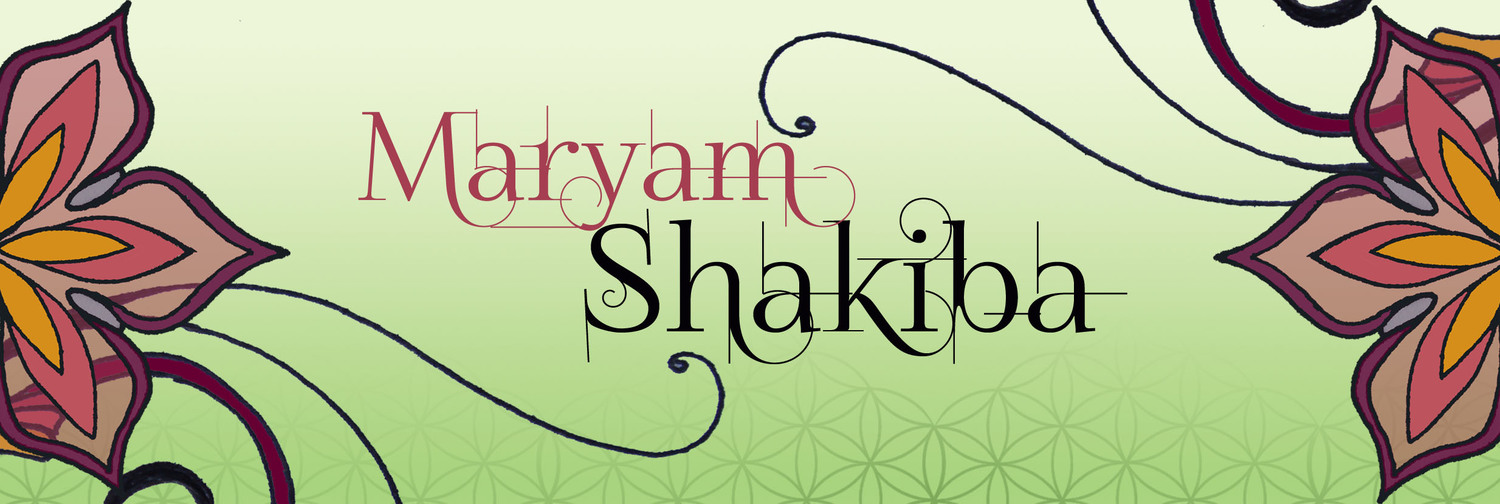Maryam and Odissi
Maryam Shakiba is a London based odissi performing artist dedicated to sharing the beauty and richness of odissi dance. Her practice focuses on the experience of inhabiting the body through dance and movement, and the process of developing emotional sensitivity and internal growth through rigorous immersion in dance.
In recent years, Maryam has also been developing original work grounded in odissi vocabulary, that both expand on the depth of classical odissi repertoire (Prelude to Pallavi, 2021), as well as working with the musical and poetry traditions of her Persian heritage (Embodying Rumi, 2022).
Maryam performs as a soloist and as part of ensemble works, and is committed to presenting odissi to a high standard in the UK. She has performed at venues such as London Southbank Centre, British Museum, National Poetry Library, and MAC Birmingham. She is in the 2023-25 cohort of the Sadler’s Wells South Asian Dance Development programme, where she is further developing her skill set as an artist and a maker. Maryam is also a dedicated yoga practitioner and qualified yoga teacher.
Her journey with odissi began in India in 2009, where seeing a performance she was immediately captivated by the possibilities this beautiful dance held, and began classes the following day. Her relationship with the dance quickly developed into a passion, as she realised she had found the path she was to follow.
She has returned to India regularly for intensive training periods, studying the technique behind this dance form and its cultural context intensively, and developing her skill as a dancer of grace, sincerity and sweetness. She began her studies under Guru Padma Charan Dehury in India and Swapnokalpa Dasgupta at the Bhavan, London. Since 2013 she has been studying under Guru Smt Sujata Mohapatra at Srjan, Bhubaneswar, Odisha and Colleena Shakti at Shakti School of Dance, Pushkar, Rajasthan, who have crystallised her form to the elegant and refined style she presents today.
Maryam performs as a soloist and collaborates with other artists and musicians to create original work. She has performed at venues such as London Southbank Centre, British Museum, National Poetry Library, MAC Birmingham, Wembley Stadium, Rich Mix London and the Hat Factory Arts Centre.
About Odissi
Odissi is a form of Indian classical dance from the state of Odisha; a dance that began life over 2000 years ago as a sacred offering within temples. The dance in its original form saw it danced by Maharis; women who lived in the temple complex and devoted their lives to dancing for the divine. The dance was offered then, as it is now, to Lord Jagannath – the principal deity in Odisha.
Having been nearly lost during India's history of foreign occupation, Odissi as we see it today was revived by dedicated Gurus; undergoing further evolution and refined into a classical form. As well as taking its core inspiration from the temple sculptures that capture odissi's temple dance tradition, it has incorporated elements of other traditional dances such as folk dance, Gotipua acrobatic dance, and Chhau martial art. The dance was further moved into the stage arena by drawing on western theatre aesthetic.
The dance form has captivated hearts, bodies and minds throughout the world as it offers us a glimpse into the beauty, grace and presence that underpins life. It is distinct in its sculptural sensual form, intricate rhythms, and refined elegance.
Art in Indian Culture
It is considered that the inner experience of the soul finds its highest expression in music and dance. This expression and induced blissful state through the form of art is considered as an expression of the inner beauty, or divine, in humanity. The delicate construction and journey to this blissful state is the primary purpose of Indian art.
Dance in Indian Culture
More than a beautiful form of cultural expression, dance is considered a transcendental experience for both the dancer and the audience. It constantly challenges itself to suggest, reveal and recreate the infinite divine self through finite means. Indian culture recognises dance as one of the highest offerings that can be given in a devotional context, uniting the mind, body and spirit.
Devotional dance is way of connecting to and channelling the divine presence that is within us and all around us. All that are witness to the occasion have powerful role to play; for beauty and emotion, and the ability to respond to it, are held within the observer as well as the artist. Therefore we find that the artist and the spectator form an intimate relationship that is a fundamental aspect of temple dance.
Photo credit: Cheng Peng
Performing at FireWater: Grace, July 2014
Pushkar Temple Dance Festival 2015
Photo Credit: Tatiana Swope
Pushkar Temple Dance Festival 2015
Photo credit: Tatiana Swope




